Originally published on Ashevillekitchentops.com

The lasting beauty of natural stone
Soapstone is the ideal choice if you like the natural beauty of stone but want a warmer, softer feel than marble or granite. Soapstone’s unique and classic beauty will add character to your kitchen or bath, while it’s durability makes it a practical choice as well.
What is Soapstone?
Soapstone is a naturally occurring metamorphic rock, made up primarily of talc and dolomite. The talc gives soapstone it’s soft feel, while the dolomite gives the rock strength and integrity. You might be familiar with soapstone carvings or other soapstone products, these are made from artistic soapstone which has a high talc content. We use only architectural soapstone quarried by Green Mountain Soapstone, which has a lower talc content and is used for sinks, countertops, floors and other architectural structures.
Is it durable?
Although it feels soft to the touch, soapstone is one of the most dense and durable countertop materials available. Your soapstone countertops will last many lifetimes – there are 150-year-old soapstone sinks that are still perfectly serviceable today. Soapstone is non-porous, therefore stains do not penetrate below the surface. It is also chemically inert. This means it will not react to household cleaners or spills of acidic or alkaline liquids such as lemon or tomato juice. It can withstand immense heat, so pots and pans off the stove or out of the oven will have no effect. The stone will never wear thin and although the name is “soapstone” it definitely does not wash away.
What about maintenance?
Unlike granite, soapstone does not need to be sealed. The only maintenance is a periodic (and optional) oiling with a food grade mineral oil. How often you will want to oil depends on how frequently you use the kitchen, and factors such as the temperature and humidity in your home. Because soapstone is non-porous, the oil will evaporate over time, leaving the stone looking lighter. Daily clean-up is easy, with mild soap and water.
What will it look like in my home?
Soapstone’s classic beauty allows it to work almost anywhere, from a turn of the century farmhouse to a sleek, contemporary home. Our soapstone starts out gray, with time and oil it patinas to a color somewhere between very dark green and charcoal. Each slab is unique and most have veins that run through the stone which vary in color from white (quartz) to light green or gold.
Soapstone does patina with age, accumulating some nicks and scratches along the way. Most scratches disappear with either oiling or a light sanding. Slabs are available in sizes up to 60″ x 100″ and run 1 1/4″ thick. If seams are necessary, they are narrow and colored to match the stone, making them quite unobtrusive. Soapstone countertop installation does not require any special cabinet modifications. Soapstone countertops work well with either drop-in, vessel, undermount, or farmhouse sinks. Kitchen farmhouse sinks made from soapstone are available in a variety of styles and sizes.
Soapstone is not your typical countertop. It’s natural beauty and unique texture make it a focal point of any room. If you think soapstone is for you, please contact us for more information and to see our slabs.

